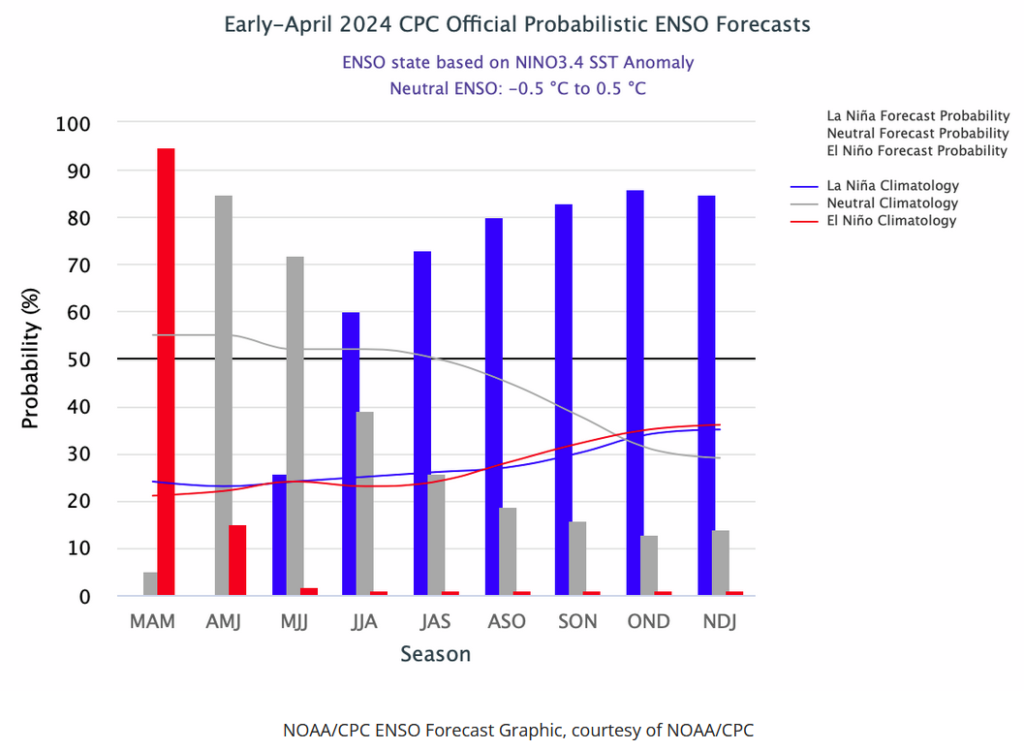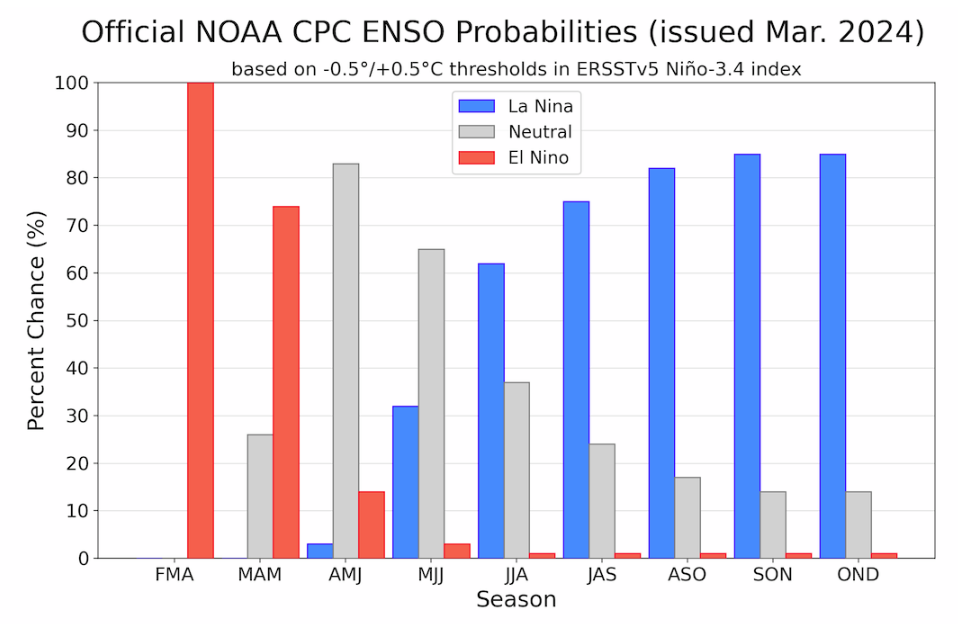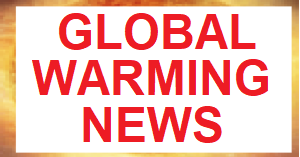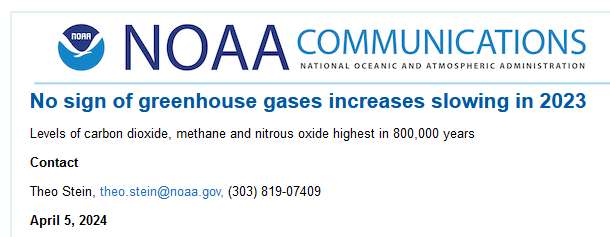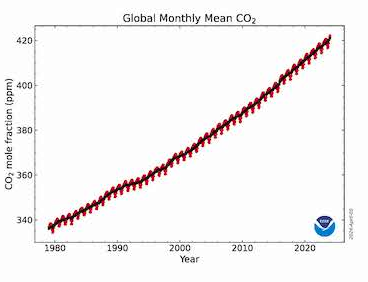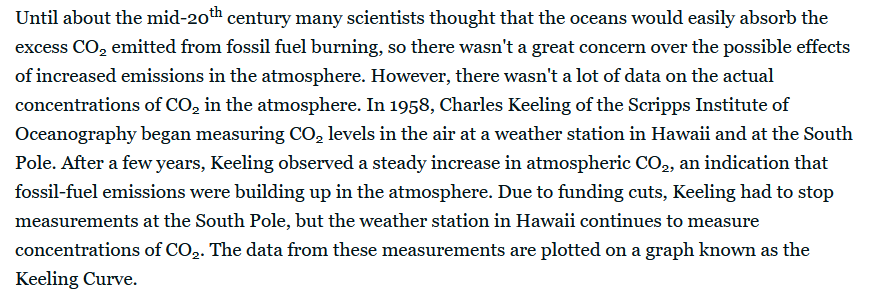Today Through the Fourth Friday (22 to 28 days) Weather Outlook for the U.S. and a Six-Day Forecast for the World: posted April 13, 2024
It is difficult to find a more comprehensive Weather Outlook anywhere else with the ability to get a local 10-day Forecast also.
This article focuses on what we are paying attention to in the next 48 to 72 hours. The article also includes weather maps for longer-term U.S. outlooks and a six-day World weather outlook which can be very useful for travelers.
First the NWS Short Range Forecast. The afternoon NWS text update can be found here but it is unlikely to have changed very much. The images in this article automatically update.
Short Range Forecast Discussion
NWS Weather Prediction Center College Park MD
Sat Apr 13 2024
Valid 12Z Sat Apr 13 2024 – 12Z Mon Apr 15 2024…Heavy lower elevation rain, mountain snow, and gusty winds forecast for
California……Shower and thunderstorm chances from the Great Lakes into the Northeast
this weekend, with a threat for some severe weather in the Upper Ohio
Valley/central Appalachians Sunday……Well above average temperatures across the Interior West/central U.S.
Saturday expand to the East Coast Sunday…A deep upper-level closed low and associated surface frontal system
approaching the California coast this morning will be the dominant driver
of hazardous weather for the country for at least the next several days.
Pacific moisture flowing inland will bring moderate to locally heavy lower
elevation coastal/valley rain showers and thunderstorms to portions of the
Pacific Northwest and California Saturday. The heaviest rain totals are
expected where the moist flow intersects favorable upslope regions along
the central Coastal Ranges into the Transverse Ranges and northern/central
Sierra, and some isolated instances of flooding could occur. Rainfall
amounts overall should come down into the day Sunday as the system moves
further inland and the influx of moisture from the ocean decreases.
However, some locally heavy amounts are once again possible, particularly
for the Transverse Ranges where wet antecedent conditions from the prior
days rainfall will bring another risk of some isolated flooding. In
addition to rainfall, higher elevations in the northern Coastal Ranges,
Klamath Mountains, and Sierra Nevada will see some moderate snowfall
accumulations, with Winter Weather Advisories in place. Much cooler air
settling in following the passage of the cold front and with the deep
upper-low overhead will even lead to some snow for higher elevations in
the mountains around greater Los Angeles. Some light to moderate lower
elevation rain showers and higher elevation snow will also spread into the
Great Basin Saturday and northern Great Basin/Rockies Sunday. Otherwise,
conditions in vicinity of the system will be rather dry as it pushes
through the Rockies and into the Plains by Monday morning, with a renewed
threat for more widespread showers and thunderstorms, including some
severe weather, later Monday just beyond the current forecast period.
Winds will also be rather gusty as the system passes through the West.Some lingering areas of light to moderate showers continue this morning
across portions of the Great Lakes/Interior Northeast, rotating around a
deep cyclone located in southeastern Canada. Some higher elevations of the
Appalachians may see some snow mix in. Gusty winds will remain in place as
well. Shower chances should taper off into the day as the cyclone moves
away from the U.S. However, a clipper-like system dropping southeast from
Canada will bring a renewed chance of moderate showers and thunderstorms
Sunday to the Interior Northeast, Lower Great Lakes, Upper Ohio Valley,
and central/northern Appalachians. A strengthening upper-level wind field
will overlap enough surface moisture/buoyancy to lead to the threat of
some severe thunderstorms, with a Slight Risk (level 2/5) from the Storm
Prediction Center from eastern Ohio into central Pennsylvania. Damaging
winds will be the main threat, though some large hail and a tornado or two
will be possible as well.A broad area of high temperatures 10-20 degrees above average will expand
from the Interior West/Plains into the eastern U.S. this weekend as an
upper-level trough departs the East Coast. Some of the greatest anomalies
will be over portions of the northern/central Plains on Saturday, where
highs into the 80s are upwards of 20-30 degrees above average. A few near
record-tying/breaking highs will be possible Sunday across parts of the
central/southern Plains into the Middle Mississippi Valley as highs reach
into the mid-80s to low 90s. The combination of warmer temperatures as
well as dry antecedent conditions and gusty winds have prompted an
Elevated Risk of Fire Weather (level 1/3) from the Storm Prediction Center
for portions of the central/southern High Plains Saturday and Sunday. In
contrast, highs will be cool and well below average in California
Saturday, spreading into portions of the central Great Basin and Desert
Southwest Sunday, as the Pacific system pushes inland.



